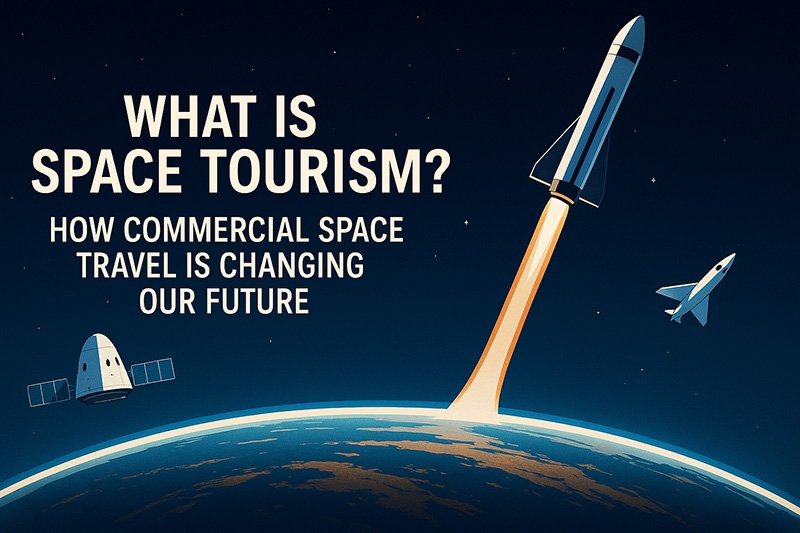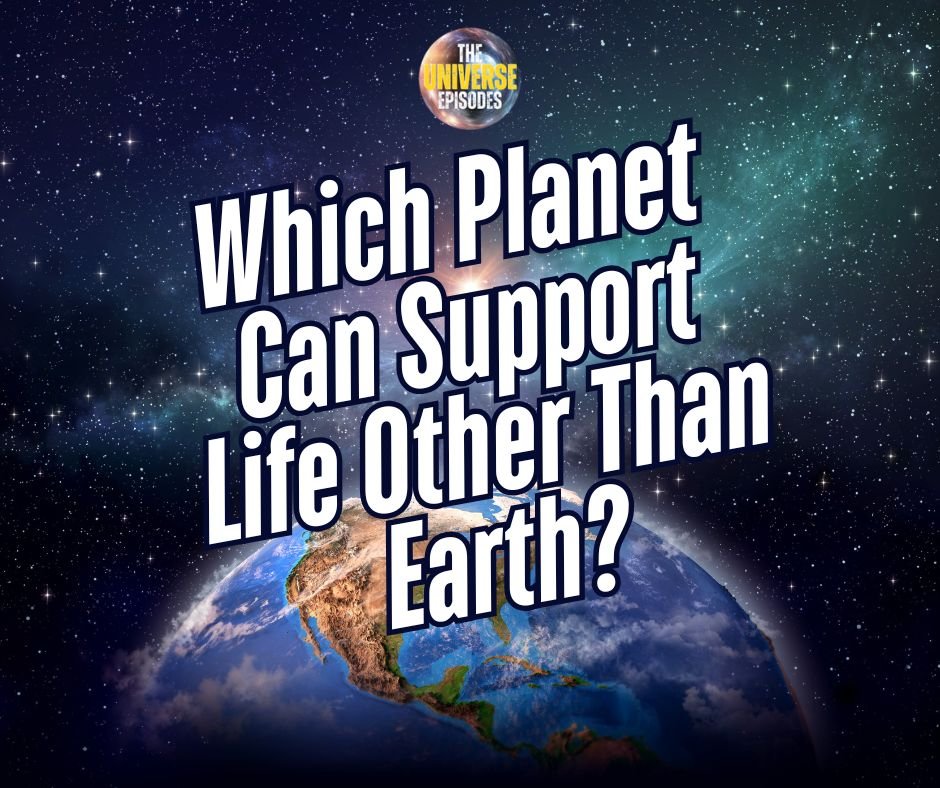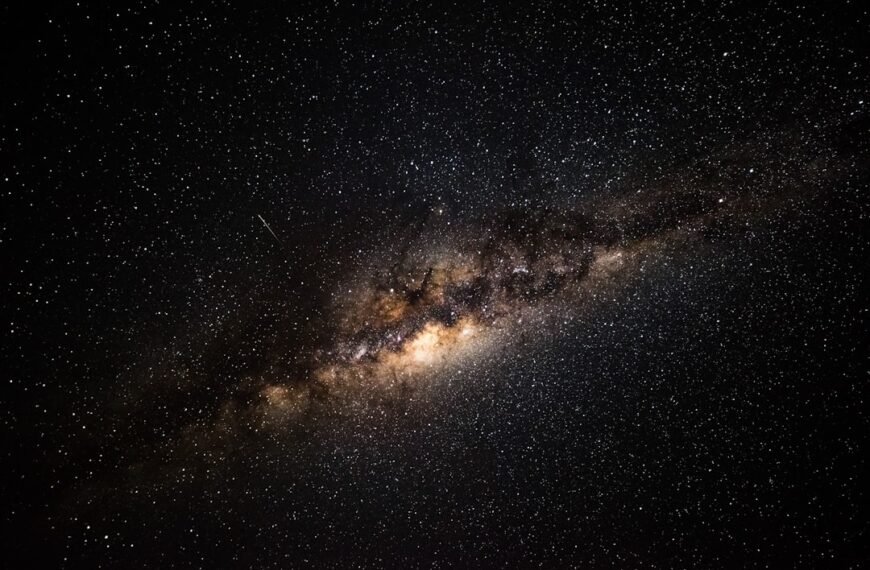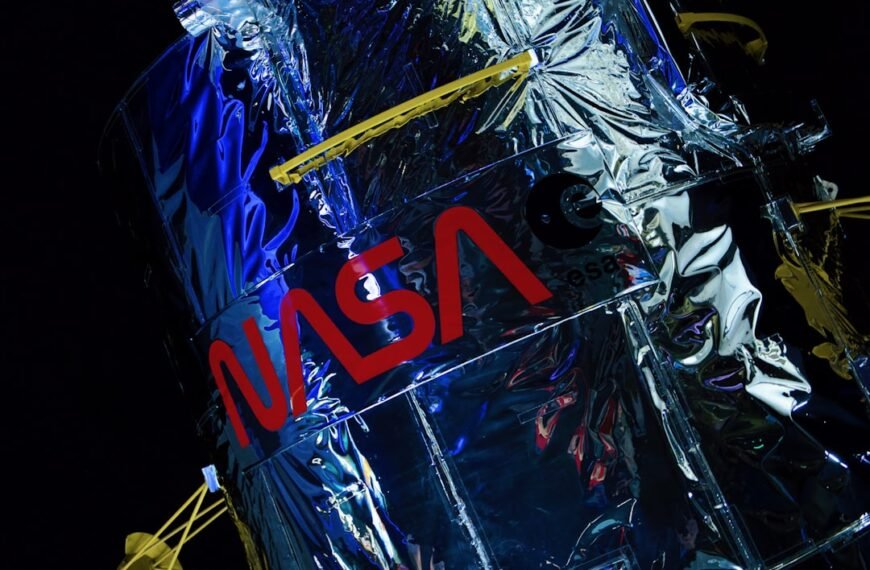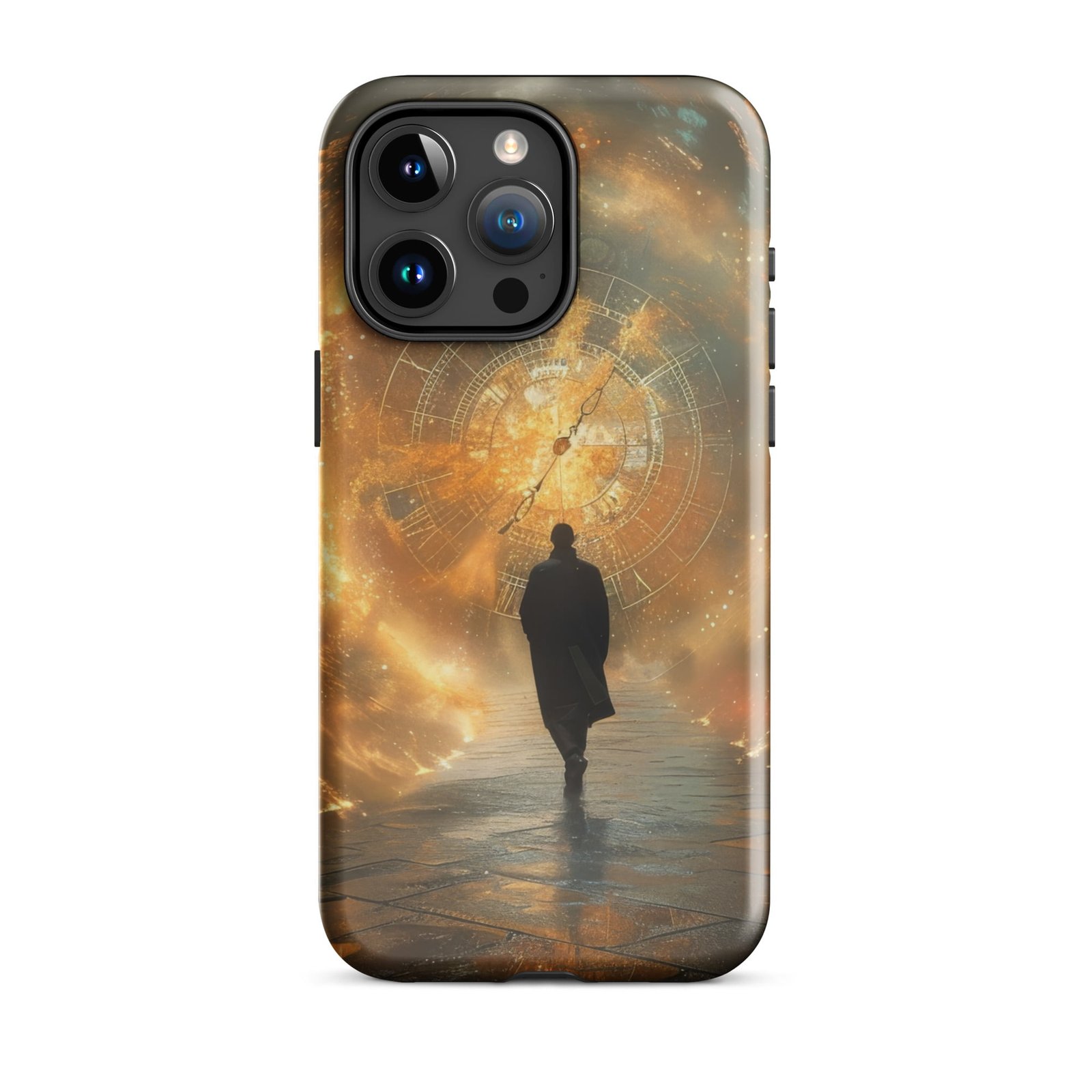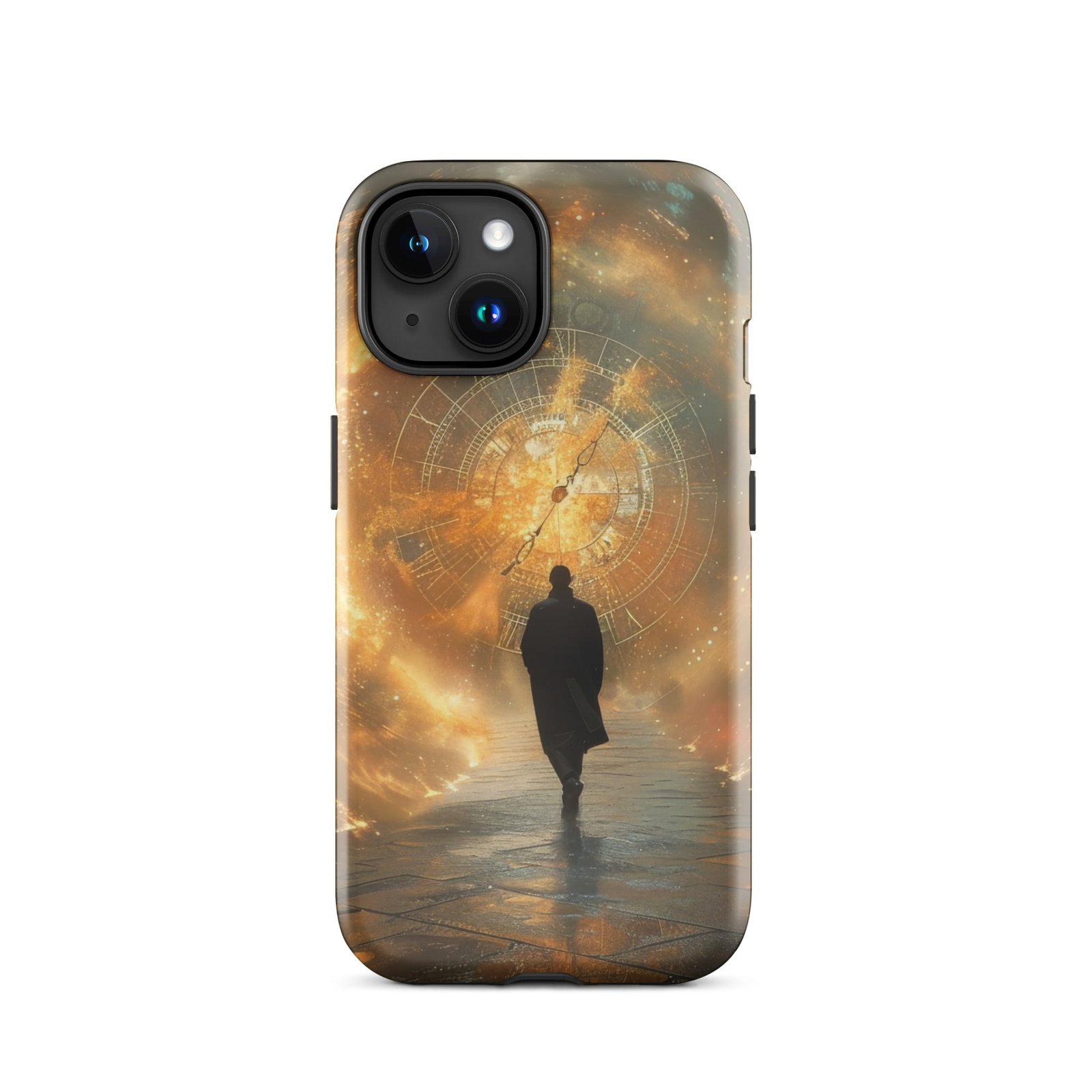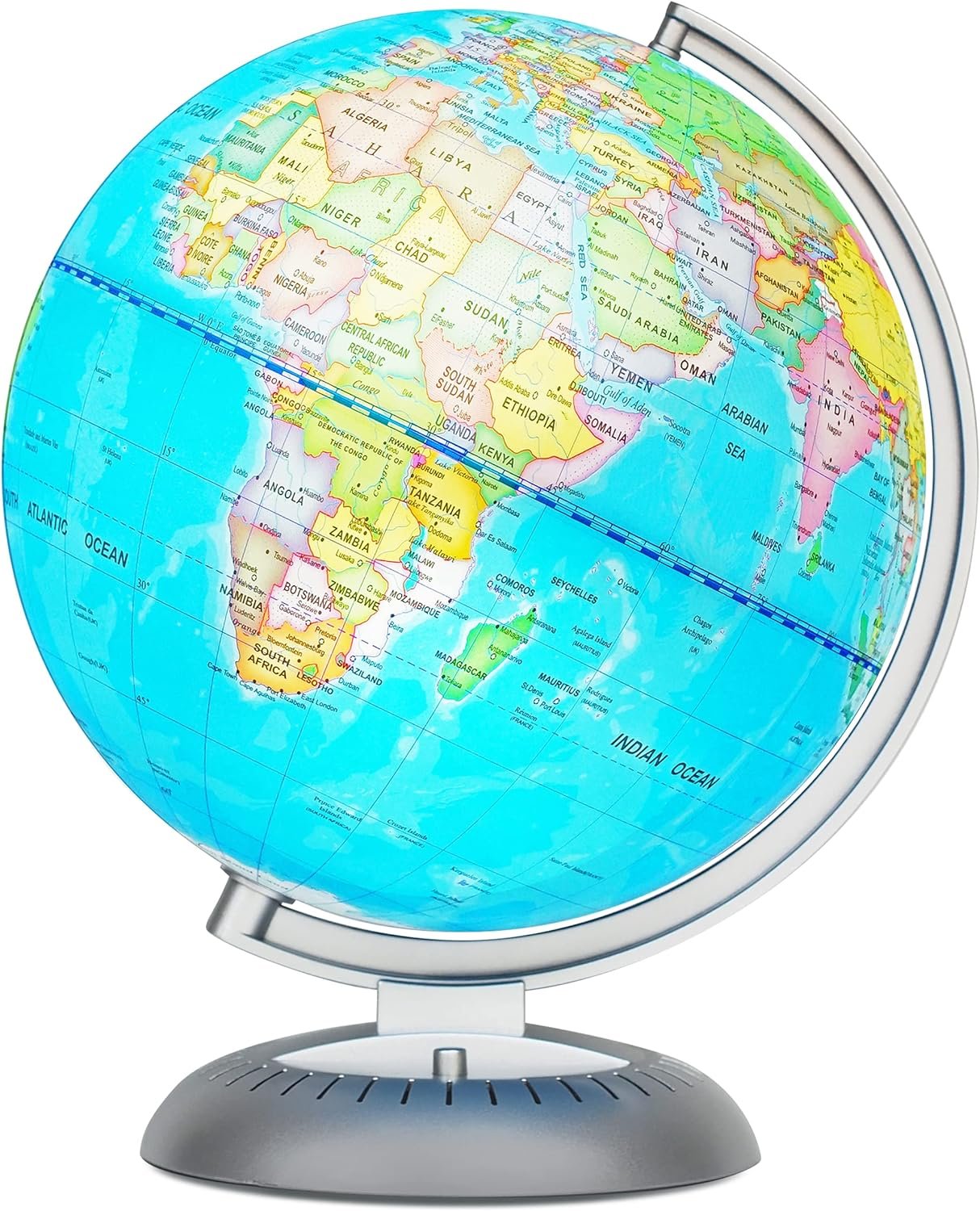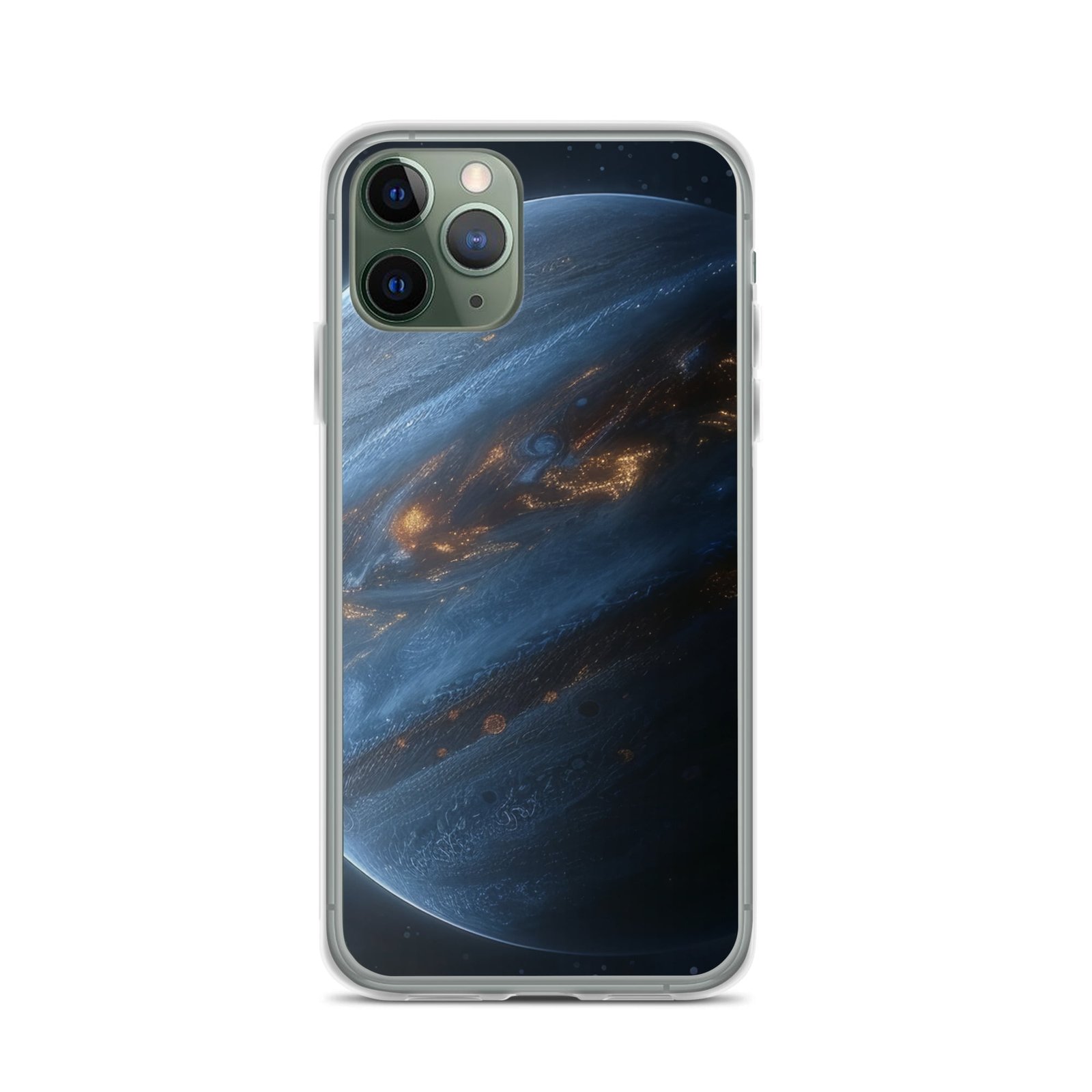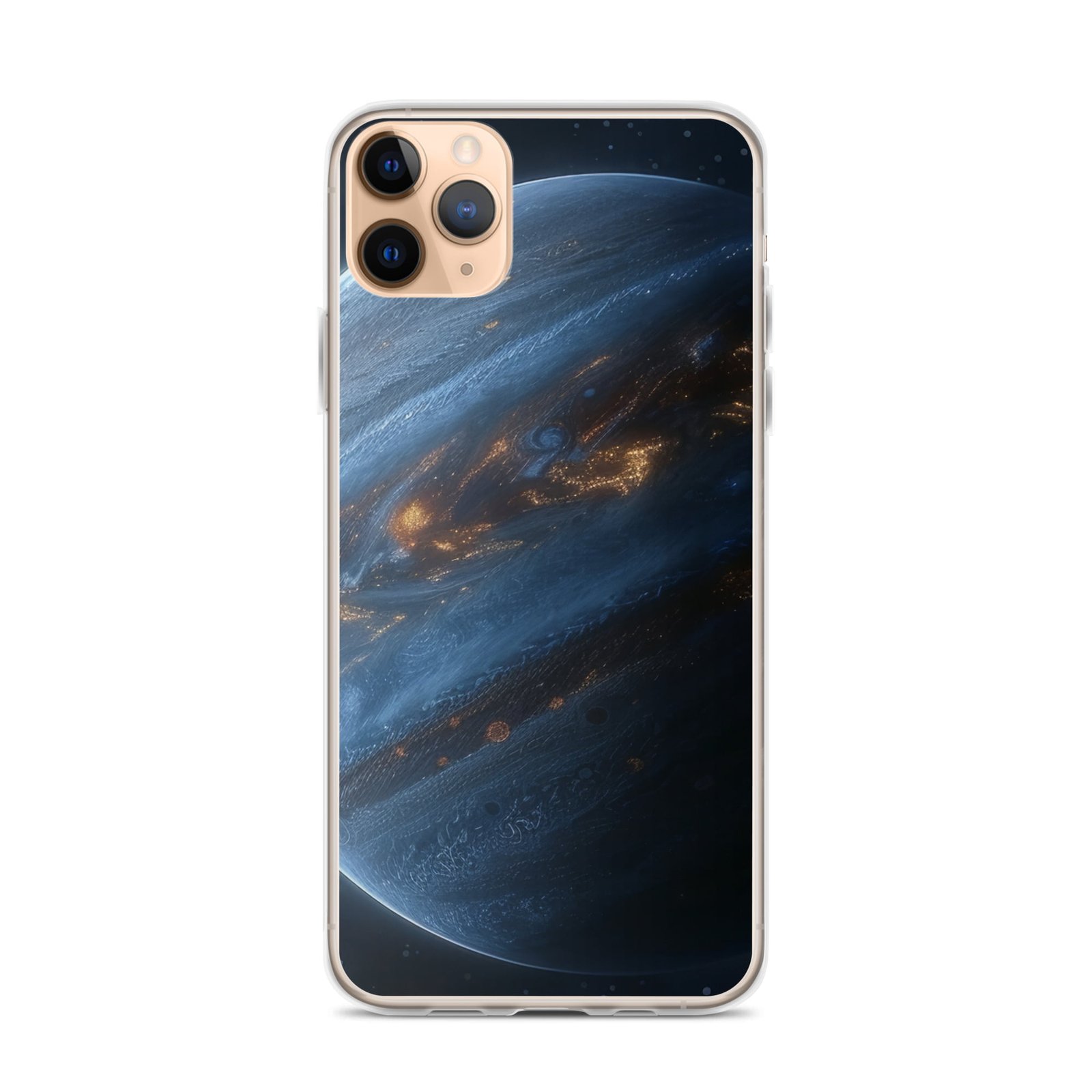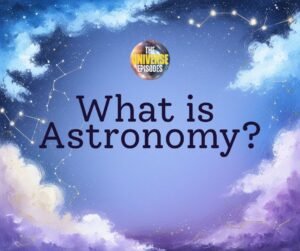Key Takeaways
- Space tourism means traveling to space for leisure or personal adventure.
- Private companies like SpaceX, Blue Origin, and Virgin Galactic are leading the space tourism industry.
- Space tourism includes suborbital flights, orbital missions, and high-altitude balloon experiences.
- Costs range from $8,000 for zero-gravity flights to over $55 million for orbital missions.
- Space tourism is driving innovation, inspiring public interest, and shaping future space exploration.
What Is Space Tourism?
Space tourism is commercial space travel for non-professional astronauts. It allows private individuals to experience space firsthand—whether by briefly crossing the edge of space, orbiting Earth, or one day traveling around the Moon.
Dennis Tito became the first space tourist in 2001, paying around $20 million to visit the International Space Station (ISS). Since then, the industry has shifted from rare government-sponsored missions to more frequent, privately operated flights.
Types of space tourism experiences include:
- Suborbital flights: Quick journeys to the edge of space.
- Orbital flights: Multi-day missions circling Earth.
- Near-space balloon rides: High-altitude trips with panoramic Earth views.
These flights allow passengers to see the curvature of Earth and experience weightlessness, even for just a few minutes.
Who Is Leading Space Tourism?

1. SpaceX
Founded by: Elon Musk
Focus: Orbital and lunar missions
Vehicles: Crew Dragon and Starship
Key Missions:
- Inspiration4 (2021): First all-civilian orbital mission.
- Axiom Missions (2022, 2023): Private trips to the ISS.
Ticket Cost: $55 million+ per person
Future Plans: Lunar tourism using the Starship rocket.
2. Blue Origin
Founded by: Jeff Bezos
Focus: Suborbital flights
Vehicle: New Shepard
Key Missions:
- First human flight (2021): Took Jeff Bezos and others past 100 km.
- Multiple flights (2021–2025): Launched 47 people by 2025.
Ticket Cost: Estimated $250,000–$500,000
Future Plans: Development of the Orbital Reef space station with Sierra Space.
3. Virgin Galactic
Founded by: Richard Branson
Focus: Suborbital spaceplane flights
Vehicle: SpaceShipTwo (VSS Unity)
Key Missions:
- Unity 22 (2021): Richard Branson’s inaugural space flight.
- Galactic 01 & 02 (2023): First commercial and private tourist missions.
Ticket Cost: $450,000 per seat
Future Plans: Regular monthly flights and deployment of next-gen Delta-class vehicles.
Types of Space Tourism Experiences

| Experience Type | Altitude | Duration | Cost Estimate |
|---|---|---|---|
| Suborbital Flight | ~85–110 km | ~10 minutes | $250k–$500k |
| Orbital Mission | ~400 km | ~8–10 days | $50M–$60M+ |
| Near-Space Balloon Ride | ~30 km | ~6 hours | $125k–$150k |
| Zero-Gravity Flight | ~10 km | ~2 hours | $8k–$10k |
Each option offers a unique experience and price point. Suborbital flights provide a brief taste of space, orbital missions deliver full astronaut-style journeys, balloon rides offer incredible Earth views without weightlessness, and zero-gravity flights simulate microgravity from within Earth’s atmosphere.
How Space Tourism Works
Technology
Space tourism relies on cutting-edge technology:
- Reusable launch systems like SpaceX’s Falcon 9 and Blue Origin’s New Shepard
- Life support systems to protect passengers
- Large windows for panoramic views of Earth
- Automated controls for enhanced safety
Interiors are designed for comfort and safety, with padded walls and customized seating.
Training
Space tourists undergo pre-flight training, which includes:
- G-force simulations
- Weightlessness practice
- Emergency response drills
- Spacecraft system briefings
Training ranges from a few days (for suborbital flights) to several weeks (for orbital missions).
Cost of Space Tourism

Space tourism remains a premium offering. Here’s a snapshot of current pricing:
- Zero-G Flights: $8,000–$10,000
- Suborbital Flights: $250,000–$500,000
- Orbital Missions: $55 million+
- Lunar Trips (planned): $100 million+
- Balloon Rides: $125,000–$150,000
Costs are expected to decline over time as technology advances and competition increases.
Is Space Tourism Safe?
Although space travel involves risk, safety is a top priority for operators.
Safety Measures Include:
- Emergency escape systems
- Redundant life support
- Fully automated flight control
- Comprehensive medical screenings
Passengers must sign informed consent forms, and flights are monitored by agencies such as the FAA.
To date, SpaceX, Virgin Galactic, and Blue Origin have maintained strong safety records.
Legal and Ethical Considerations
Regulatory Oversight
- Governed by agencies like the FAA (U.S.).
- Passengers receive mandatory risk disclosures.
- No full certification requirements yet for commercial passenger safety.
Ethical Questions
- Critics argue space tourism favors the wealthy.
- Supporters see it as a driver of innovation and public excitement.
- Some companies fund charitable missions—Inspiration4 raised $200 million for St. Jude Hospital.
Environmental impact is also a growing concern. While rocket emissions are relatively small today, sustainable practices are essential for future scalability.
How Space Tourism Impacts the Future
1. Innovation
The push for commercial spaceflight fuels progress in reusable technology, spacecraft design, and space systems.
2. Inspiration
Seeing Earth from space gives tourists a new perspective. Many return motivated to support science, education, and environmental causes.
3. Scientific Contribution
Tourist missions often include experiments in microgravity and space medicine. For instance, the Inspiration4 crew conducted biomedical studies during their flight.
4. Economic Growth
The space tourism sector is generating jobs and investment. Projections show market growth from $1 billion in 2023 to $6 billion by 2030.
5. Broader Access
As more nations enter the space arena, tourism opportunities may open up through government partnerships or scholarship-based programs.
The Road Ahead
By 2030, the industry could transform significantly:
- Operational private space stations (e.g., Axiom, Orbital Reef)
- Lunar flyby or surface trips for private citizens
- Greater affordability and access
- Broader inclusion through sponsored or contest-based flights
Over time, space travel may become as common as commercial aviation is today.
Final Thoughts
Space tourism is not just an adventure for the elite—it’s the beginning of a new industry that could change how we live, explore, and connect with our planet.
With ongoing advancements and growing interest, the question is no longer if people can go to space—but when you will.
References
🚀 Space Tourism Companies and Missions
- SpaceX Inspiration4: https://www.spacex.com/launches/inspiration-4
- Axiom Space Missions: https://www.axiomspace.com/missions
- Blue Origin New Shepard Flights: https://www.blueorigin.com/news
- Virgin Galactic Commercial Flights: https://www.virgingalactic.com/articles
🚁 Technology and Training
- SpaceX Crew Dragon Overview: https://www.spacex.com/vehicles/dragon
- FAA Commercial Space Launches: https://www.faa.gov/space
- Virgin Galactic Training Program: https://www.virgingalactic.com/experience/training
📈 Industry Growth & Market Size
- Allied Market Research (2024 Forecast): https://www.alliedmarketresearch.com/space-tourism-market-A12345
- Statista – Space Tourism Projections: https://www.statista.com/statistics/1178925/space-tourism-market-revenue-worldwide
🌍 Ethical & Environmental Perspectives
- Overview Effect Summary – NASA: https://www.nasa.gov/feature/what-is-the-overview-effect
- Scientific Study on Rocket Emissions: https://www.nature.com/articles/s41598-022-08244-9
- Criticism and Ethics Debate: https://www.cnbc.com/2021/07/20/space-billionaires-and-the-debate-over-space-tourism.html

